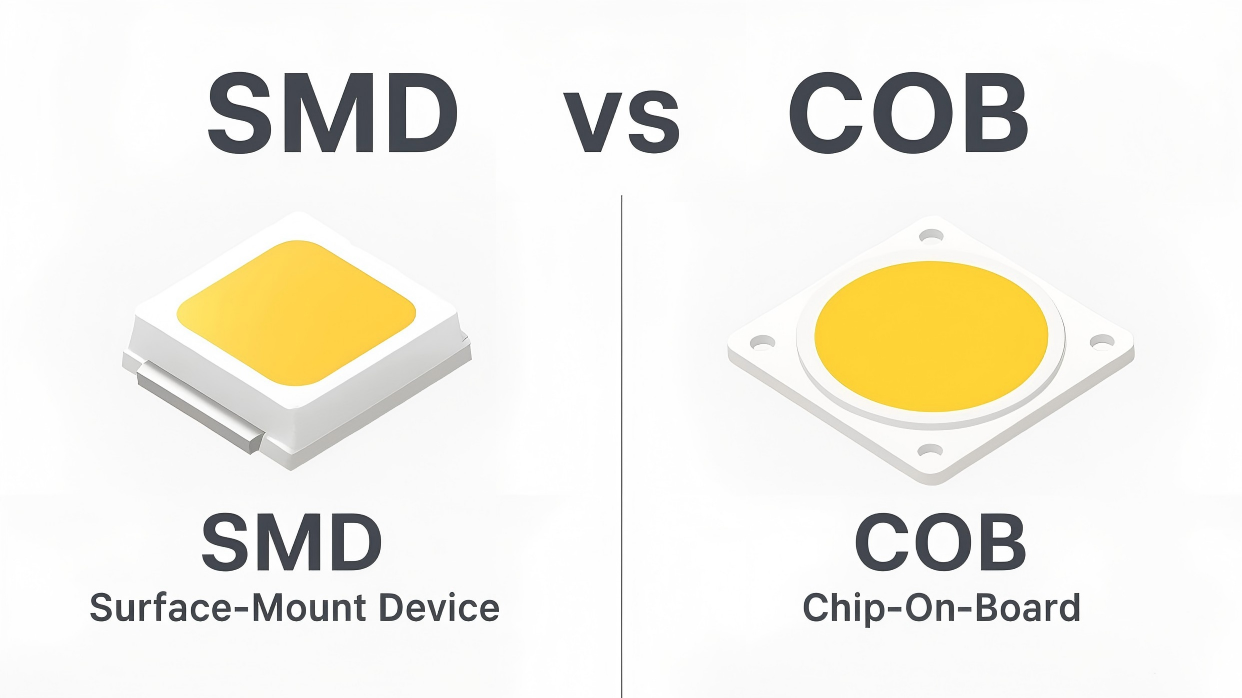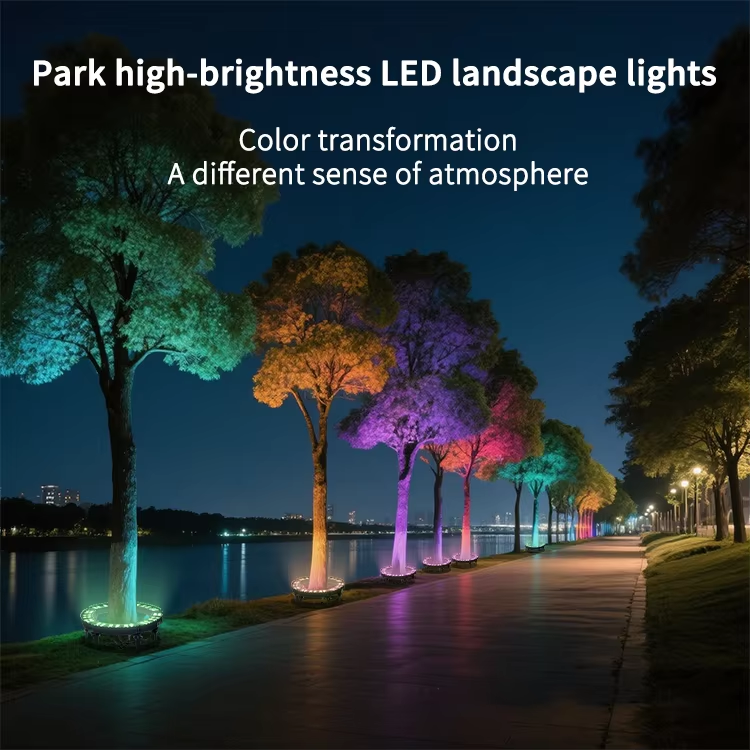DALI Control System Overview: A Complete Guide to DALI and DALI-2
Lighting is no longer just about illumination—it has become a central element of energy management, architectural design, and human well-being. Behind this evolution is the development of intelligent control systems that enable lighting to adapt dynamically to different needs. Among these systems, DALI (Digital Addressable Lighting Interface) has emerged as one of the most widely recognized global standards. Its successor, DALI-2, has built upon this foundation to offer even greater reliability, interoperability, and advanced features.
This guide provides a complete overview of DALI and DALI-2, exploring their history, key principles, applications, benefits, and future trends. Whether you are a lighting designer, contractor, facility manager, or simply interested in smart building technologies, understanding DALI is essential for navigating the future of lighting.
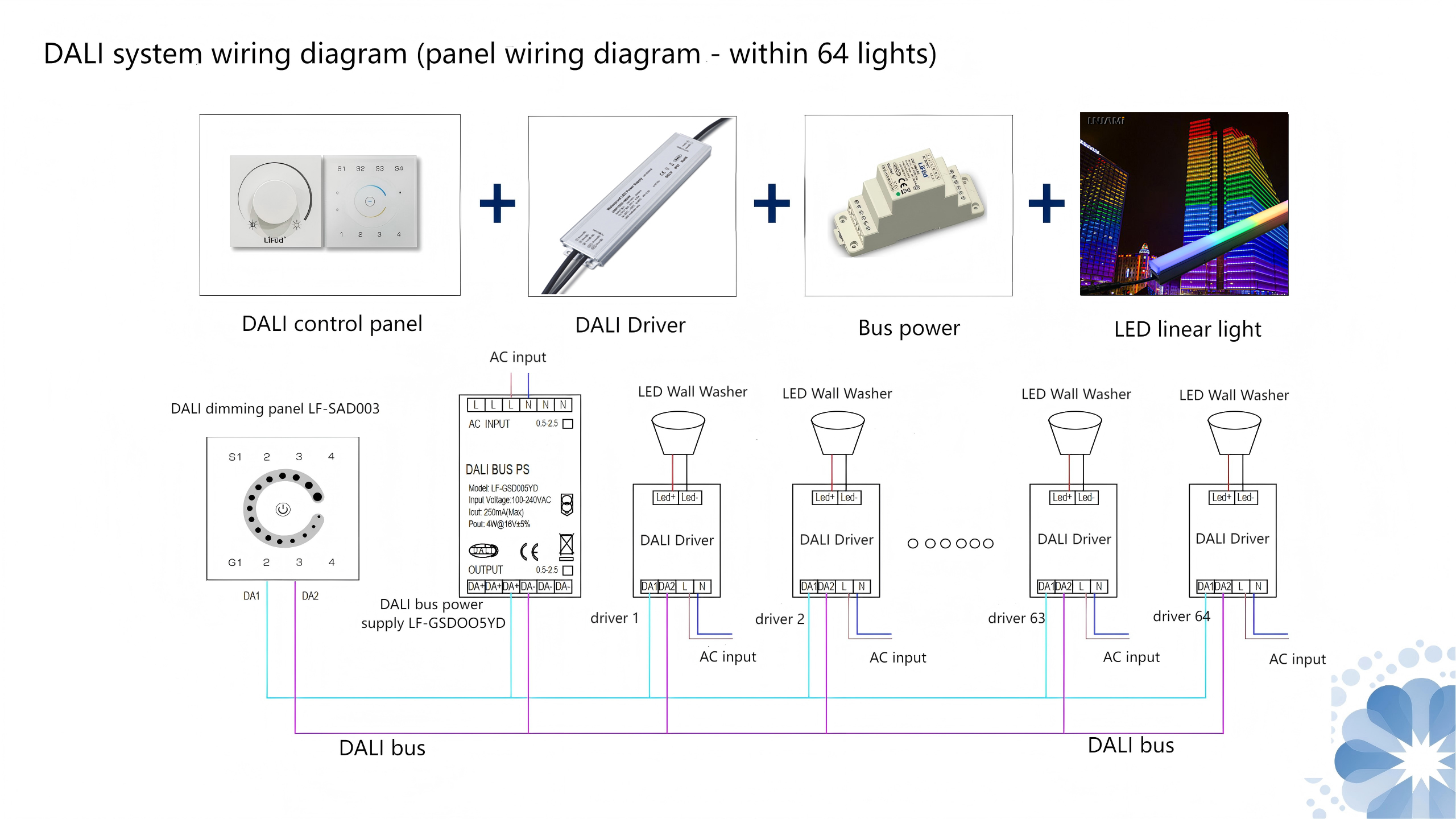
1. What is DALI?
DALI, short for Digital Addressable Lighting Interface, is an open communication protocol specifically designed for controlling lighting systems. First introduced in the late 1990s and standardized under IEC 60929, DALI allowed luminaires and control devices to communicate digitally rather than relying on traditional analog systems.
Unlike simple on/off switches or analog dimming systems such as 1–10V, DALI provides digital precision and flexibility. Each device in a DALI system is assigned a unique address, enabling individual or group control of luminaires. This makes it possible to create complex lighting scenes, adjust brightness levels consistently, and monitor device status in real time.
Over time, DALI became a global standard supported by leading manufacturers. It is now recognized as a versatile, reliable, and cost-effective solution for commercial, industrial, and residential applications.
2. The Evolution from DALI to DALI-2
While the original DALI protocol offered significant improvements over analog systems, it had limitations, particularly regarding interoperability. Devices from different manufacturers sometimes struggled to work seamlessly together due to variations in interpretation of the standard.
To overcome these issues, the Digital Illumination Interface Alliance (DiiA) introduced DALI-2, defined in IEC 62386. This new version expanded the scope of the protocol and introduced stricter certification requirements, ensuring greater consistency and reliability across devices.
DALI-2 improved system functionality by adding support for input devices such as sensors and control panels, not just luminaires. It also enhanced testing procedures to guarantee long-term stability in large-scale projects. Additionally, DALI-2 made it easier to implement advanced features like tunable white and color control, enabling lighting that adapts to human biological rhythms or architectural aesthetics. These upgrades have solidified DALI-2’s position as a future-proof solution for smart lighting systems.
3. How DALI Works
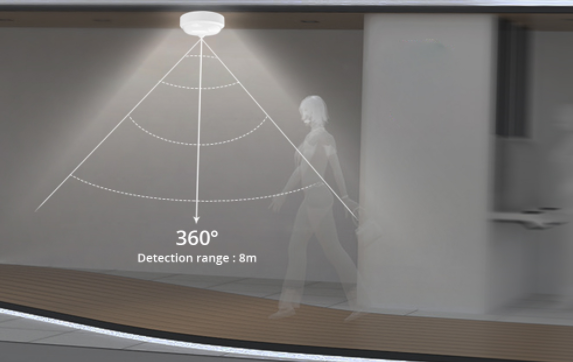
At its core, DALI operates through a two-wire bus that carries digital signals between devices. Unlike analog control systems, polarity does not matter, and wiring can follow different topologies—linear, star, or tree-like—without requiring shielding. This makes installation both flexible and cost-efficient.
A DALI system typically consists of several key components. LED drivers are essential because they interpret DALI commands and adjust light output accordingly. Input devices such as sensors and switches send data to the system, which is then processed by application controllers—the “brains” of the network. These controllers manage communication traffic, detect conflicts, and distribute the correct commands to devices.
DALI supports up to 64 individual addresses on a single line, allowing for fine-grained control of each luminaire or grouping them into logical zones. This scalability makes DALI suitable for projects of varying sizes, from small office spaces to large industrial facilities.
4. Applications of DALI and DALI-2
DALI and DALI-2 have found widespread application across diverse environments. In commercial office buildings, they are used to integrate daylight harvesting and occupancy detection, optimizing energy use while enhancing employee comfort. In hospitality and retail, dynamic scene control enables atmospheric lighting that enhances customer experience and brand identity. Healthcare facilities employ DALI-based circadian lighting systems to promote patient well-being and support medical staff in maintaining alertness.
Educational institutions benefit from DALI through flexible classroom lighting that adapts to lectures, presentations, or exams. Industrial sites use it for reliable, uniform lighting that improves safety and operational efficiency. Outdoors, DALI is increasingly adopted in street lighting, bridge illumination, and landmark projects where aesthetic appeal and energy savings are equally important. With DALI-2’s inclusion of certified input devices, these applications are becoming smarter and more responsive to real-time conditions.
5. Comparing DALI with Other Protocols
DALI is often compared with other lighting control methods such as 1–10V dimming, DMX512, and building automation protocols like KNX, BACnet, or LON.
Unlike 1–10V, which is analog and prone to inconsistencies between different manufacturers, DALI is digital and standardized. This ensures consistent dimming curves and reliable interoperability. Compared to DMX512, which is popular in stage and entertainment lighting, DALI is optimized for architectural and commercial applications where precision and monitoring are essential.
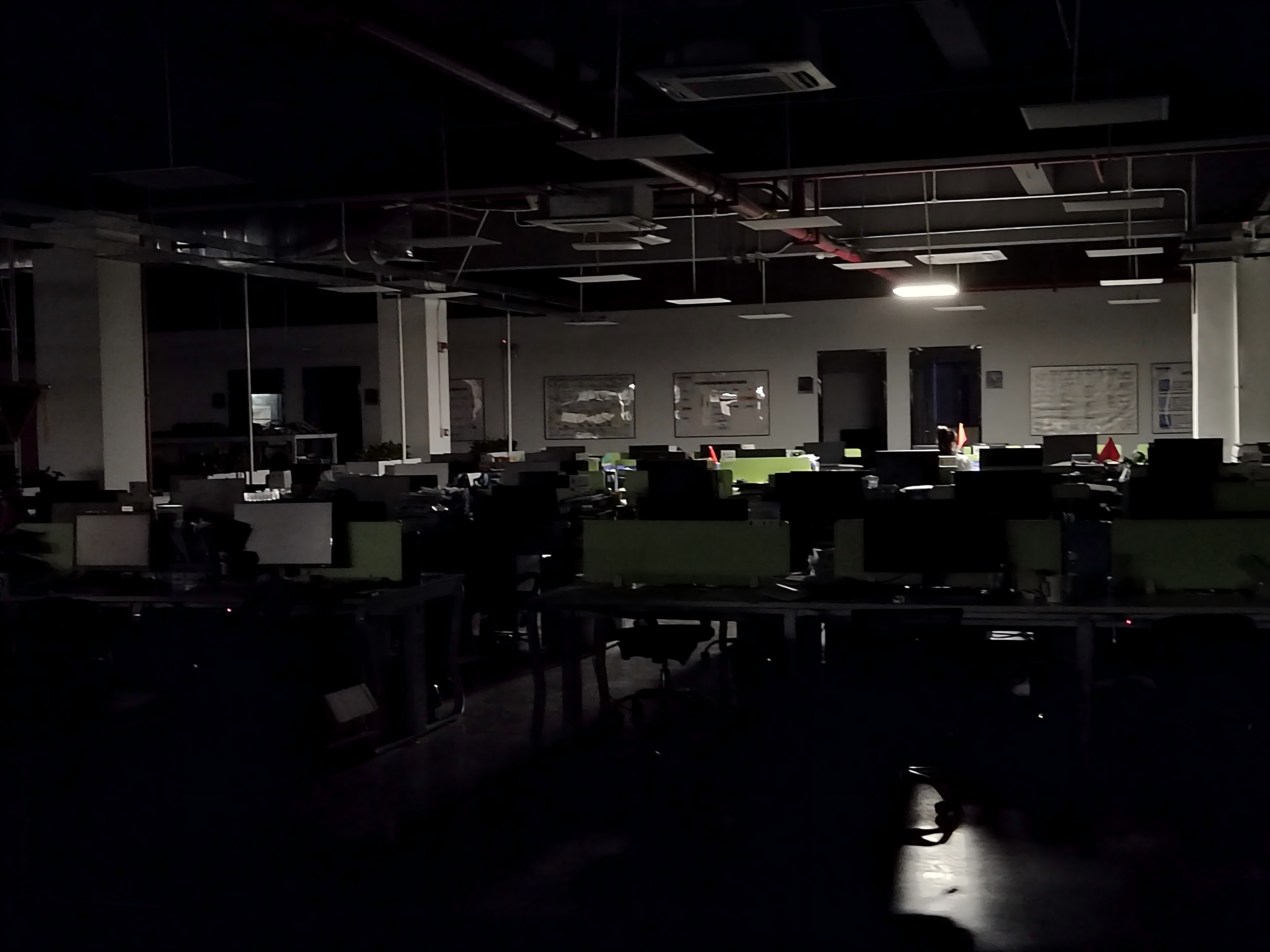
When integrated with broader building management systems, DALI focuses exclusively on lighting while KNX, BACnet, or LON manage HVAC, security, and other subsystems. Gateways can link DALI to these protocols, enabling lighting to interact with other building functions—for instance, automatically increasing corridor lighting in case of a security alert.
6. Benefits of Choosing DALI and DALI-2
The adoption of DALI and DALI-2 offers multiple advantages for building owners and operators. Energy efficiency is one of the most compelling benefits, as DALI systems enable automatic dimming, daylight integration, and reduced energy consumption. Flexibility is another strength, with software-based reconfiguration allowing users to adapt lighting layouts without costly rewiring.
Scalability ensures that projects can grow over time, from a small office to an entire campus. Maintenance is streamlined thanks to feedback capabilities that report luminaire status and performance, reducing downtime and operational costs. Finally, being an international standard supported by all major manufacturers, DALI ensures long-term product availability, compatibility, and protection of investment.
7. Future Trends of DALI and Smart Lighting
The future of DALI is closely tied to the rise of smart buildings and cities. Integration with Building Management Systems is becoming increasingly common, allowing lighting to work in harmony with HVAC, access control, and energy platforms. Wireless DALI, also known as DALI+, is emerging as a solution for projects where cabling is difficult, offering flexibility through Thread or Bluetooth mesh technologies.
Human-centric lighting is another key trend. With DALI-2 supporting tunable white and circadian lighting, designers can create environments that enhance health, productivity, and well-being. In urban settings, DALI plays an important role in smart city initiatives, where centralized platforms control thousands of luminaires, optimizing energy use while improving safety and aesthetics. These developments ensure that DALI remains at the forefront of intelligent lighting well into the future.
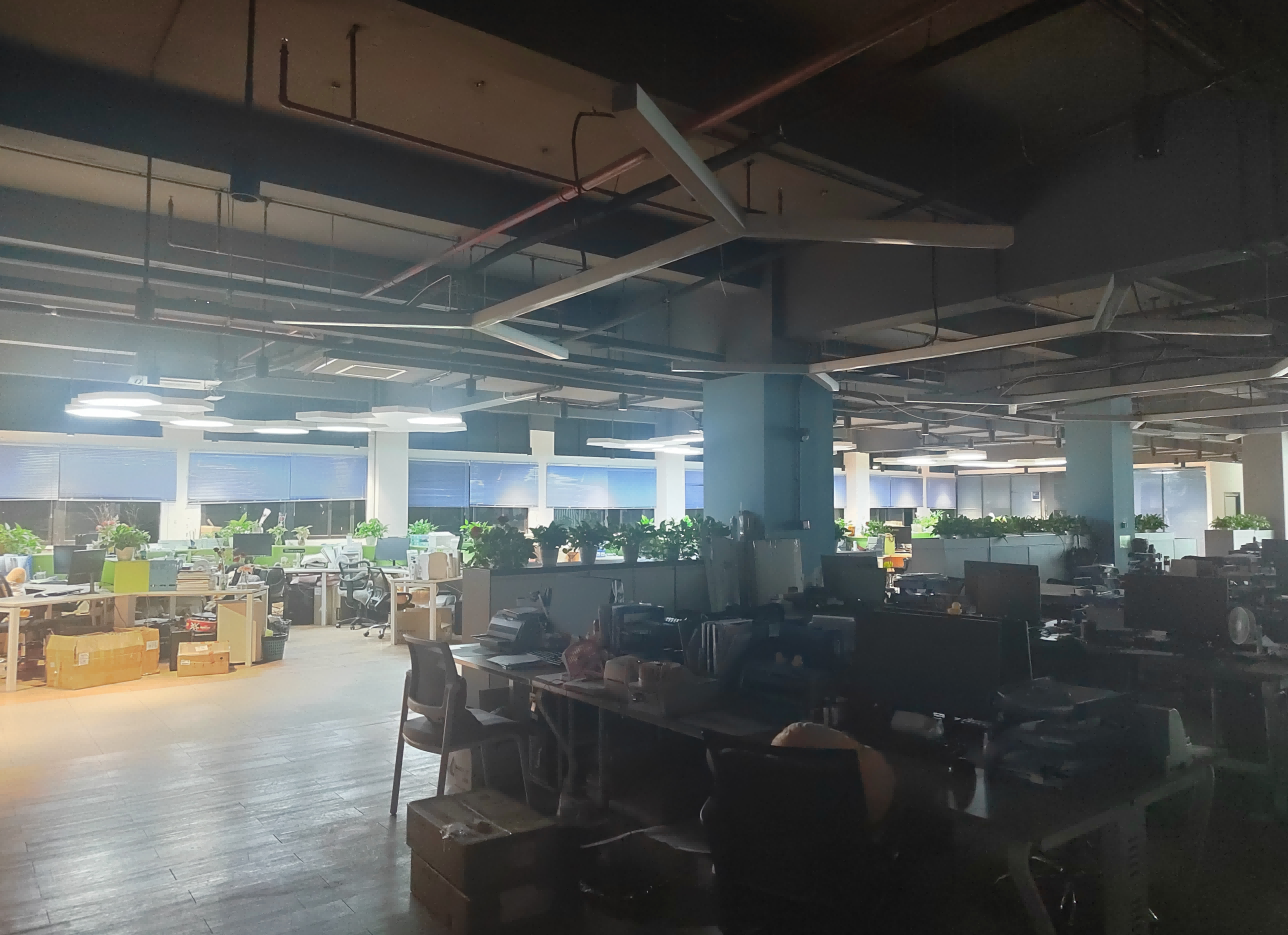
8. Conclusion
DALI and DALI-2 represent more than just technical protocols—they embody the future of lighting control. By combining energy efficiency, design flexibility, and digital intelligence, they have transformed the way we illuminate spaces. DALI-2, with its stricter certification and broader scope, ensures reliability and adaptability for the most demanding projects.
As buildings and cities continue to evolve, the importance of standardized, interoperable systems like DALI will only increase. For architects, engineers, and facility managers seeking to balance efficiency, aesthetics, and sustainability, DALI is not just a solution for today but a foundation for the lighting systems of tomorrow.
FAQ
What is a DALI driver?
A DALI driver is an LED driver that can interpret DALI or DALI-2 commands. It connects to the DALI bus via two DA terminals and adjusts light output accordingly. Most modern drivers carry the DALI-2 certification mark, ensuring compliance with IEC standards.
How does DALI differ from 1–10V dimming?
DALI is a digital protocol, while 1–10V is analog. This means DALI provides consistent dimming curves, precise control, and advanced features like scene setting and color control, which 1–10V cannot offer.
Can DALI systems integrate with building management platforms?
Yes. Through gateways, DALI can connect with protocols like KNX, BACnet, and LON, enabling lighting to coordinate with HVAC, security, and energy management systems.
Is DALI suitable for outdoor projects?
Absolutely. DALI and DALI-2 are increasingly used in street lighting, bridges, and urban landmarks. Their scalability and monitoring capabilities make them ideal for both energy savings and visual impact.





